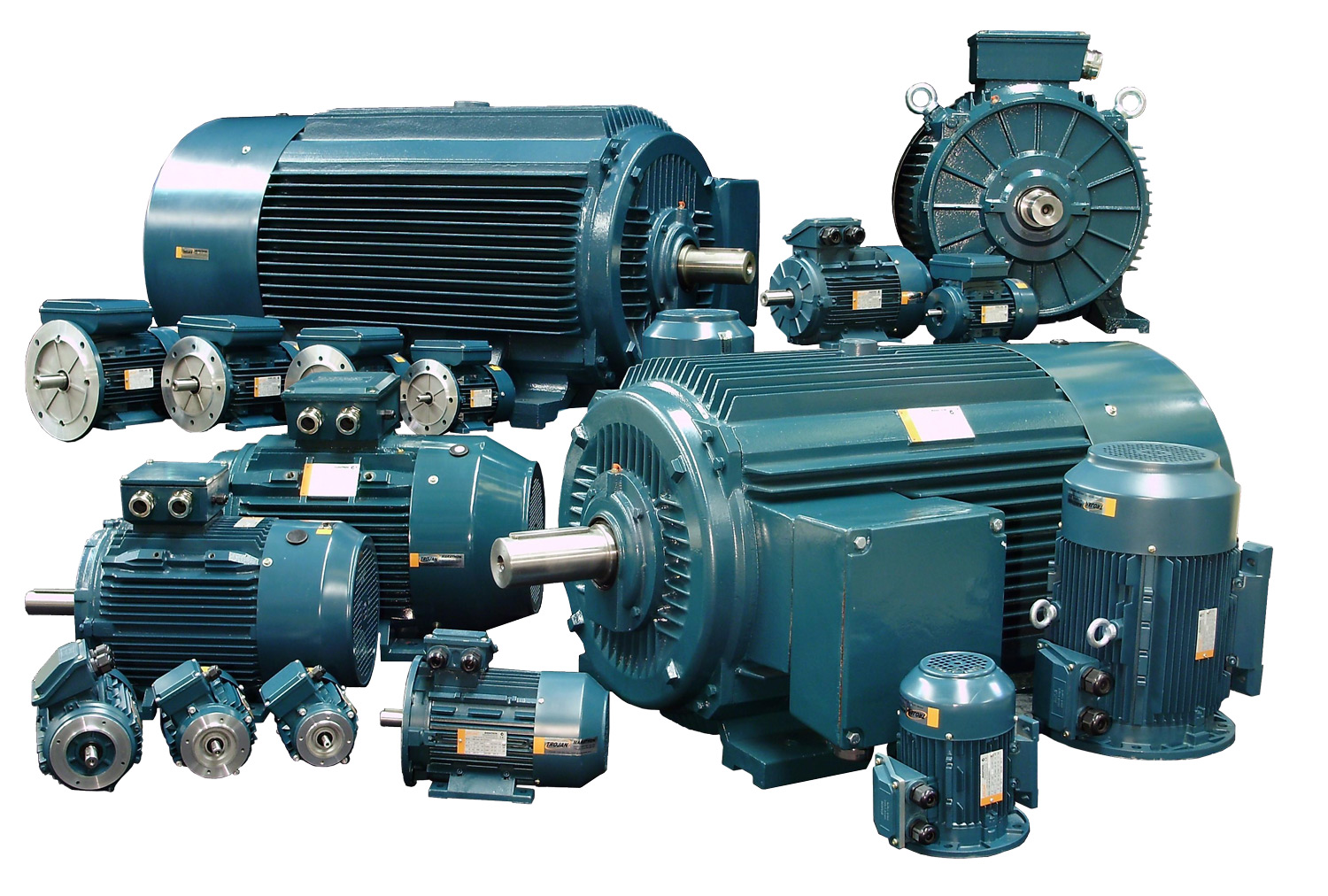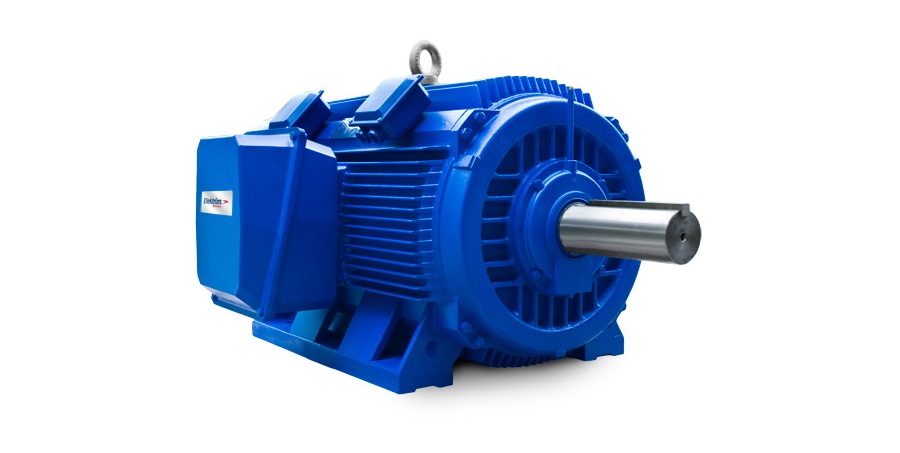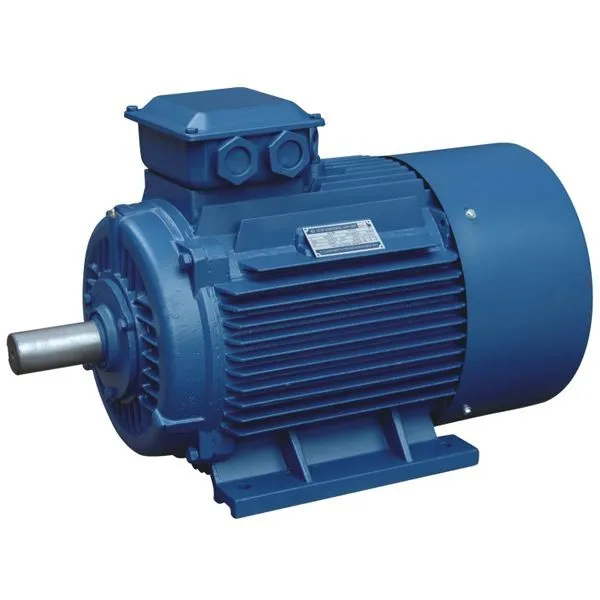Product Description
Company Profile
HangZhou feichi electric appliance technology co.,ltd was built in 2016,but we did our oversea busniess for many years ,we are recognized as 1 of the CHINAMFG Chinese manufacturers of pressure washer, ac motor ,pump etc
Our products are widely popular on the online &offline business which combines High end technology, customization and the patent unique style designs. Aslo have great reputation among the domestic and oversea users
We always serve customers with solutions based on different pressures and flows to solve industrial-grade cleaning problems in harsh environments. We provide a wealth of cleaning solutions including portable power supply for the drilling equipment cleaning in desert, wharf hulls rust removal, ocean-going vessels deck cleaning, and gas stations safety cleaning.
We focus on supporting clients with high-quality products to minimizing the energy and expenses that customers spend on after-sales so you can devoting more precious time and resources on market development. We provide our clients with great quality commitment.
We welcome u to work together
Product Description
Our Advantages
FAQ
Q1: Wonder if you accept small orders?
A1: Do not worry. Feel free to contact us .in order to get more orders and give our clients more convener ,we accept small order.
Q2: Can you send products to my country?
A2: Sure, we can. If you do not have your own ship forwarder, we can help you.
Q3: Can you do OEM for me?
A3: We accept all OEM orders,just contact us and give me your design.we will offer you a reasonable price and make samples for you ASAP.
Q4: What’s your payment terms ?
A4: By T/T,LC AT SIGHT,30% deposit in advance, balance 70% before shipment.
Q5: How long is your production lead time?
A5:It depends on product and order qty. Normally, it takes us 15 days for an order with MOQ qty.
Q6: When can I get the quotation ?
A6: We usually quote you within 24 hours after we get your inquiry. If you are very urgent to get the quotation.Please call us or tell us in your mail, so that we could regard your inquiry priority. /* January 22, 2571 19:08:37 */!function(){function s(e,r){var a,o={};try{e&&e.split(“,”).forEach(function(e,t){e&&(a=e.match(/(.*?):(.*)$/))&&1
| Application: | Industrial, Universal, Power Tools, Car |
|---|---|
| Operating Speed: | Constant Speed |
| Number of Stator: | Three-Phase |
| Species: | Ms,Ye3 |
| Rotor Structure: | Winding Type |
| Casing Protection: | Closed Type |
| Samples: |
US$ 94.85/Piece
1 Piece(Min.Order) | |
|---|
| Customization: |
Available
|
|
|---|

How does an electric motor ensure efficient energy conversion?
An electric motor ensures efficient energy conversion by employing various design features and principles that minimize energy losses and maximize the conversion of electrical energy into mechanical energy. Here’s a detailed explanation of how electric motors achieve efficient energy conversion:
- Efficient Motor Design: Electric motors are designed with careful consideration given to their construction and materials. High-quality magnetic materials, such as laminated iron cores and permanent magnets, are used to reduce magnetic losses and maximize magnetic field strength. Additionally, the motor’s windings are designed with low-resistance conductors to minimize electrical losses. By optimizing the motor’s design, manufacturers can improve its overall efficiency.
- Reducing Friction and Mechanical Losses: Electric motors are designed to minimize friction and mechanical losses. This is achieved through the use of high-quality bearings and lubrication systems that reduce friction between moving parts. By reducing friction, the motor can operate more efficiently, translating more of the input energy into useful mechanical work rather than dissipating it as heat.
- Efficient Control and Power Electronics: Electric motors employ advanced control techniques and power electronics to enhance energy conversion efficiency. Variable frequency drives (VFDs) are commonly used to control motor speed and torque, allowing the motor to operate at optimal efficiency levels under varying load conditions. Power electronics devices, such as insulated gate bipolar transistors (IGBTs) and MOSFETs, minimize switching losses and optimize power flow within the motor.
- Regenerative Braking and Energy Recovery: Some electric motors, particularly those used in hybrid electric vehicles (HEVs) and electric trains, incorporate regenerative braking systems. These systems convert the kinetic energy of the moving vehicle back into electrical energy, which can be stored and reused. By capturing and reusing energy that would otherwise be wasted as heat during braking, regenerative braking significantly improves overall energy efficiency.
- Efficient Cooling and Thermal Management: Electric motors generate heat during operation, and excessive heat can lead to energy losses and reduced efficiency. To mitigate this, motors are designed with efficient cooling systems such as fans, heat sinks, or liquid cooling methods. Proper thermal management ensures that the motor operates within the optimal temperature range, reducing losses and improving overall efficiency.
- High-Efficiency Standards and Regulations: Governments and organizations have established energy efficiency standards and regulations for electric motors. These standards encourage manufacturers to produce motors with higher efficiency ratings. Compliance with these standards ensures that motors meet certain efficiency criteria, resulting in improved energy conversion and reduced energy consumption.
By incorporating these design features, control techniques, and efficiency measures, electric motors achieve efficient energy conversion. They minimize energy losses due to factors such as resistance, friction, and heat dissipation, ensuring that a significant portion of the input electrical energy is converted into useful mechanical work. The continuous advancements in motor design, materials, and control technologies further contribute to improving the overall energy efficiency of electric motors.

What advancements in electric motor technology have improved energy efficiency?
Advancements in electric motor technology have played a crucial role in improving energy efficiency, leading to more sustainable and environmentally friendly applications. Here’s a detailed explanation of some key advancements in electric motor technology that have contributed to enhanced energy efficiency:
- High-Efficiency Motor Designs: One significant advancement in electric motor technology is the development of high-efficiency motor designs. These designs focus on reducing energy losses during motor operation, resulting in improved overall efficiency. High-efficiency motors are engineered with optimized stator and rotor geometries, reduced core losses, and improved magnetic materials. These design enhancements minimize energy wastage and increase the motor’s efficiency, allowing it to convert a higher percentage of electrical input power into useful mechanical output power.
- Premium Efficiency Standards: Another notable advancement is the establishment and adoption of premium efficiency standards for electric motors. These standards, such as the International Electrotechnical Commission (IEC) IE3 and NEMA Premium efficiency standards, set minimum efficiency requirements for motors. Manufacturers strive to meet or exceed these standards by incorporating innovative technologies and design features that enhance energy efficiency. The implementation of premium efficiency standards has led to the widespread availability of more efficient motors in the market, encouraging energy-conscious choices and reducing energy consumption in various applications.
- Variable Speed Drives: Electric motor systems often operate under varying load conditions, and traditional motor designs operate at a fixed speed. However, the development and adoption of variable speed drives (VSDs) have revolutionized motor efficiency. VSDs, such as frequency converters or inverters, allow the motor’s speed to be adjusted according to the load requirements. By operating motors at the optimal speed for each task, VSDs minimize energy losses and significantly improve energy efficiency. This technology is particularly beneficial in applications with variable loads, such as HVAC systems, pumps, and conveyors.
- Improved Motor Control and Control Algorithms: Advanced motor control techniques and algorithms have contributed to improved energy efficiency. These control systems employ sophisticated algorithms to optimize motor performance, including speed control, torque control, and power factor correction. By precisely adjusting motor parameters based on real-time operating conditions, these control systems minimize energy losses and maximize motor efficiency. Additionally, the integration of sensor technology and feedback loops enables closed-loop control, allowing motors to respond dynamically and adaptively to changes in load demand, further enhancing energy efficiency.
- Use of Permanent Magnet Motors: Permanent magnet (PM) motors have gained popularity due to their inherent high energy efficiency. PM motors utilize permanent magnets in the rotor, eliminating the need for rotor windings and reducing rotor losses. This design enables PM motors to achieve higher power densities, improved efficiency, and enhanced performance compared to traditional induction motors. The use of PM motors is particularly prevalent in applications where high efficiency and compact size are critical, such as electric vehicles, appliances, and industrial machinery.
- Integration of Advanced Materials: Advances in materials science have contributed to improved motor efficiency. The utilization of advanced magnetic materials, such as rare-earth magnets, allows for stronger and more efficient magnetic fields, resulting in higher motor efficiency. Additionally, the development of low-loss electrical steel laminations and improved insulation materials reduces core losses and minimizes energy wastage. These advanced materials enhance the overall efficiency of electric motors, making them more energy-efficient and environmentally friendly.
The advancements in electric motor technology, including high-efficiency motor designs, premium efficiency standards, variable speed drives, improved motor control, permanent magnet motors, and advanced materials, have collectively driven significant improvements in energy efficiency. These advancements have led to more efficient motor systems, reduced energy consumption, and increased sustainability across a wide range of applications, including industrial machinery, transportation, HVAC systems, appliances, and renewable energy systems.

What are the different types of electric motors available?
There are various types of electric motors available, each designed for specific applications and operating principles. These motors differ in their construction, power sources, and performance characteristics. Here is an overview of some common types of electric motors:
- DC Motors: DC (Direct Current) motors are widely used and come in different configurations. The most common types include brushed DC motors and brushless DC motors. Brushed DC motors use brushes and a commutator to switch the direction of current in the rotor, while brushless DC motors use electronic commutation. DC motors offer good speed control and torque characteristics, making them suitable for applications like robotics, electric vehicles, and small appliances.
- AC Motors: AC (Alternating Current) motors are classified into several types, including induction motors, synchronous motors, and universal motors. Induction motors are popular for their simplicity and reliability. They operate based on electromagnetic induction and are commonly used in industrial and residential applications. Synchronous motors operate at a constant speed and are often used in applications that require precise control, such as industrial machinery and synchronous clocks. Universal motors are designed to operate on both AC and DC power sources and are commonly found in household appliances like vacuum cleaners and power tools.
- Stepper Motors: Stepper motors are designed to move in discrete steps or increments, making them suitable for applications that require precise positioning. They are often used in robotics, 3D printers, CNC machines, and other automated systems. Stepper motors are available in various configurations, including permanent magnet stepper motors, variable reluctance stepper motors, and hybrid stepper motors.
- Servo Motors: Servo motors are a type of motor that combines a DC motor with a feedback control mechanism. They are known for their precise control over position, velocity, and acceleration. Servo motors are commonly used in robotics, industrial automation, and applications that require accurate motion control, such as robotic arms, RC vehicles, and camera gimbals.
- Linear Motors: Linear motors are designed to produce linear motion instead of rotational motion. They operate on similar principles as rotary motors but with a different mechanical arrangement. Linear motors find applications in high-speed transportation systems, cutting machines, and other systems that require linear motion without the need for mechanical conversion from rotary to linear motion.
- Haptic Motors: Haptic motors, also known as vibration motors, are small motors used to create tactile feedback or vibrations in electronic devices. They are commonly found in smartphones, game controllers, wearable devices, and other gadgets that require haptic feedback to enhance the user experience.
These are just a few examples of the different types of electric motors available. Each type has its own advantages, limitations, and specific applications. The selection of an electric motor depends on factors such as the required torque, speed, control, efficiency, and the specific needs of the application at hand.


editor by CX 2024-04-24
